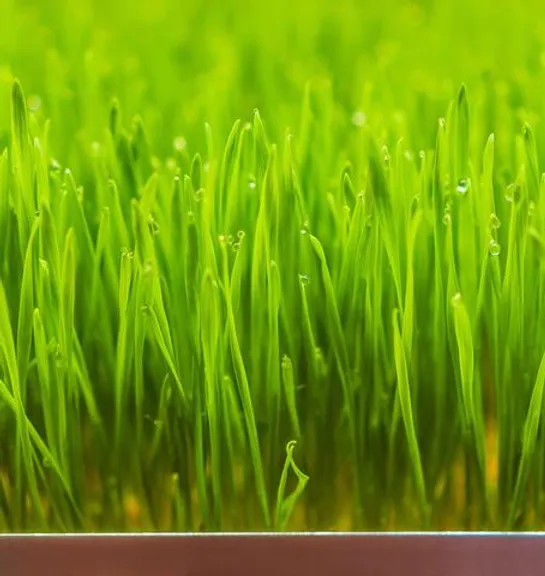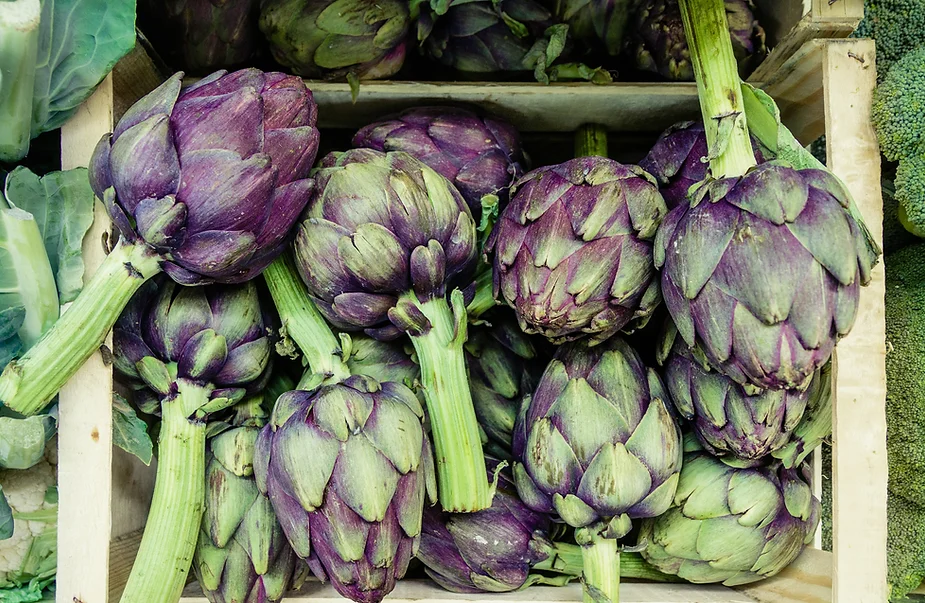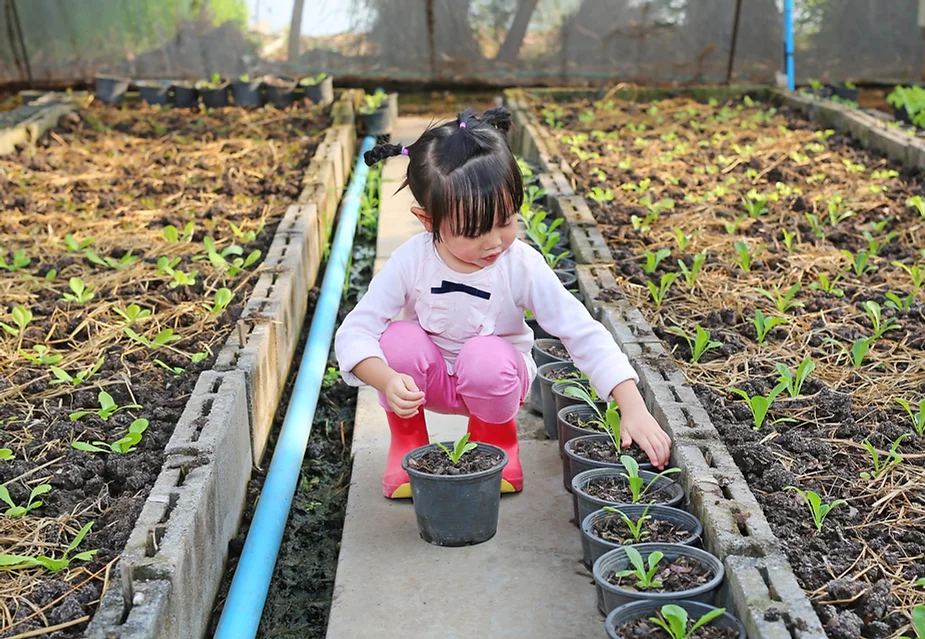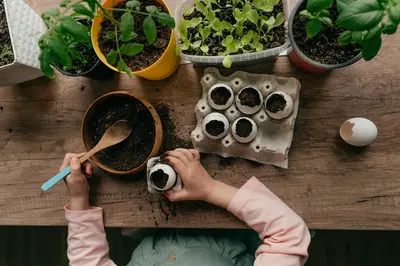
Indoor Seed Starting
While many seeds can be grown directly outdoors, there are varieties that should be given an early start indoors and transplanted to the garden after all danger of frost has passed.
Whatever your choice, direct seeding, seed starting or purchasing seedlings, it's best to decide while you are planning your vegetable garden. You'll want to get your plants in the ground as early as possible, to take advantage of the warming weather and to give them the longest growing season possible.
Buckerfield’s has all the supplies you need to help you get those little seeds off to a good start. We carry seeds, trays, potting soil, fertilizer, growing lights, greenhouses, heat mats and have the knowledgeable staff that can provide you with all the growing tips you need.
All seeds need water, oxygen, correct amount of light and the right level of warmth to germinate. Here are some ideas for seed starting when planning your garden.
- Do some homework on the types of seeds available and when they should be sown. The number of weeks the seed should be started before the last frost date will be printed on the back flap of the seed packets. Choose the variety that you want to plant and be ready to get started.
- Determine where in the house you want to start the seeds. If it is near a window, make sure that the temperature does not fluctuate. The best spot is an area out of direct light in a cool room.
- Use an all-purpose starter mix to start seeds. Soil from the garden is too heavy for starting seeds and may contain harmful bacteria and fungus that young seeds can’t handle. Fresh growing medium should be used at the start of the season and emerging seedlings should be treated with No Damp to prevent damping off.
- Moisten your starter mix with warm water and work through the mix with your fingers to get out any lumps or dry material.
- Choose seed flats and inserts, peat pellets, or peat pots to start seeds. Trays, pots, lids or glass of the greenhouse should be sterilized before use.
- Read the directions on seed package for method of sowing including depth, spacing, how to cover seed and germination time.
- Once the seeds are sown, and appropriately labelled, mist the surface of the flats and place in your designated seedling area.
- Begin feeding with an all-purpose fertilizer as soon as the 3rd leaf begins. Follow the fertilizer package directions for seedlings. Water the plants regularly. Continue this until the weather is warm enough to set out in the garden.
- It is very important that the seeds are not overwatered or left to dry out. To prevent damp off (this occurs when seedlings suddenly fall over) do not overwater and place seedlings in a well-ventilated area?
- Most seeds germinate best if the tray is covered with a sheet of glass or plastic to retain the moisture in the growing medium. Some require dark to germinate and this can be provided by keeping the tray in a light, warm position while it is covered with a sheet of newspaper.
- A daytime temperature of 18-24C is suitable for most seeds and a drop at night to about 12.5C is okay. When the seedlings have emerged, however, the daytime temperature should be lowered to about 18C and the seedlings given a light position but out of direct sunlight.
- When danger of frost is past, harden the small plants by putting them in a sheltered, shady spot outdoors for a few hours a day and then expose them to sunlight for a few hours at a time for a couple of days. Bring them in at night, when cooler temperatures may put your seedlings at risk. Dates for planting out are mentioned on the back of seed packet.
- For best results, set the plants in the garden on a cloudy morning to help plants acclimate to the new soil.
Seed packets will give you the information you'll need about whether to direct seed in the garden or whether you'll need to start them so many weeks before your last frost.

The lists below will give you some idea of what to plan for:
- Root crops like carrots, beets, turnips, and parsnips should be sown directly in the ground where they are to grow. These plants do not transplant very well and moving them can result in malformed roots and longer growing times.
- Cool weather crops like lettuce, radish, chard, spinach and peas can be sown directly in the ground for best results.
- Beans and corn can be planted right into the ground after all danger of frost is over and the ground has warmed up.
- Crops like tomatoes, peppers, cucumbers, melons, and squash benefit from starting early indoors, and planting out after all danger of frost is past.
- Crops like cabbage, Brussels sprouts, broccoli, and cauliflower can tolerate colder weather but should be started indoors, as maturity dates to harvest are longer.
Plants Usually Started From other than Seed
Artichokes: Root Divisions
Asparagus: 1-Year Old Roots
Garlic/Shallots: Cloves
Horseradish: Root Cuttings
Onions: Sets
Potatoes: Seed Potatoes
Rhubarb: Root Crowns

Fun reasons to start seeds indoors
- By getting a head start on the growing season your plants have time to produce more fruit and vegetables for you to eat and enjoy.
- Smaller seeds have a better chance of growing when they are started indoors in a controlled environment.
- You'll save money! Seeds are significantly cheaper than seedlings and fun to grow.
- Indoor planting adds some excitement after a long winter, to looking forward to warm sunny days outdoors in the garden.
- Get children involved with the process. It's a great way to teach kids about gardening and they will enjoy watching the seeds grow.
- You'll feel a sense of pride as you watch your seeds grow into delicious vegetables and beautiful flowers.
- When you start with seeds you get the benefits of knowing exactly what you are planting.
- Your new seedlings make great gifts. Transplant into attractive pots, label, put a bow on it and surprise the person with a gift that keeps on growing!
- Indoor planting is a fun and interesting hobby and will keep you guessing where spring is and it’s time to plant.
It's so easy! Sit back, relax and enjoy the fruits of your labour!
Have more questions? Visit your local Buckerfield's and we'll be happy to help!




